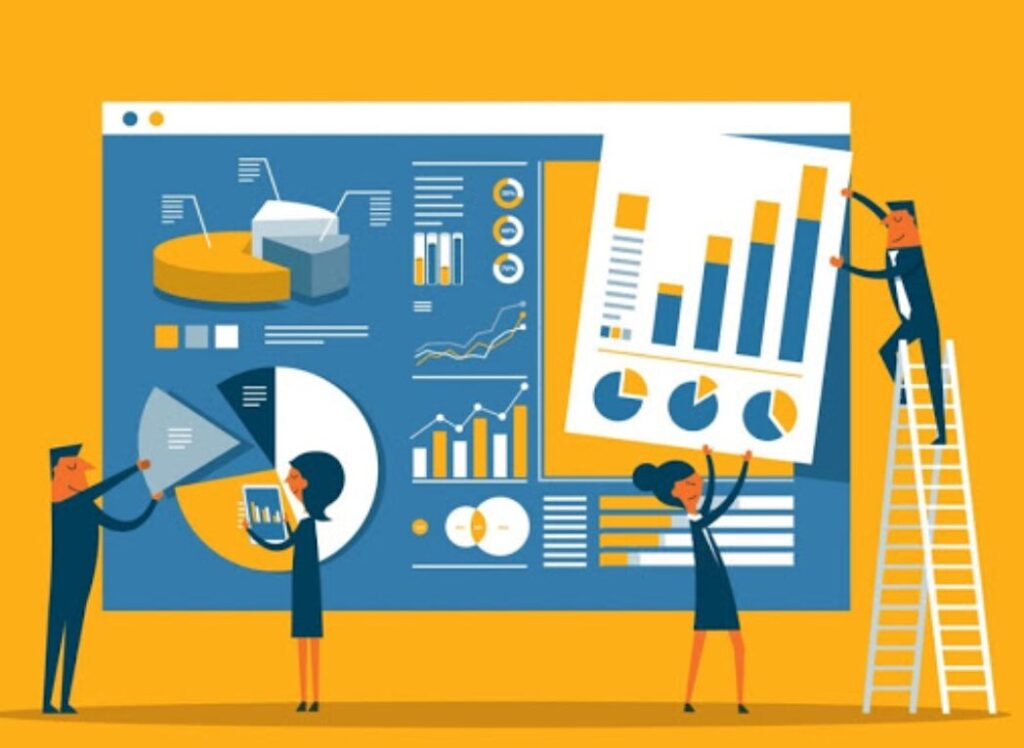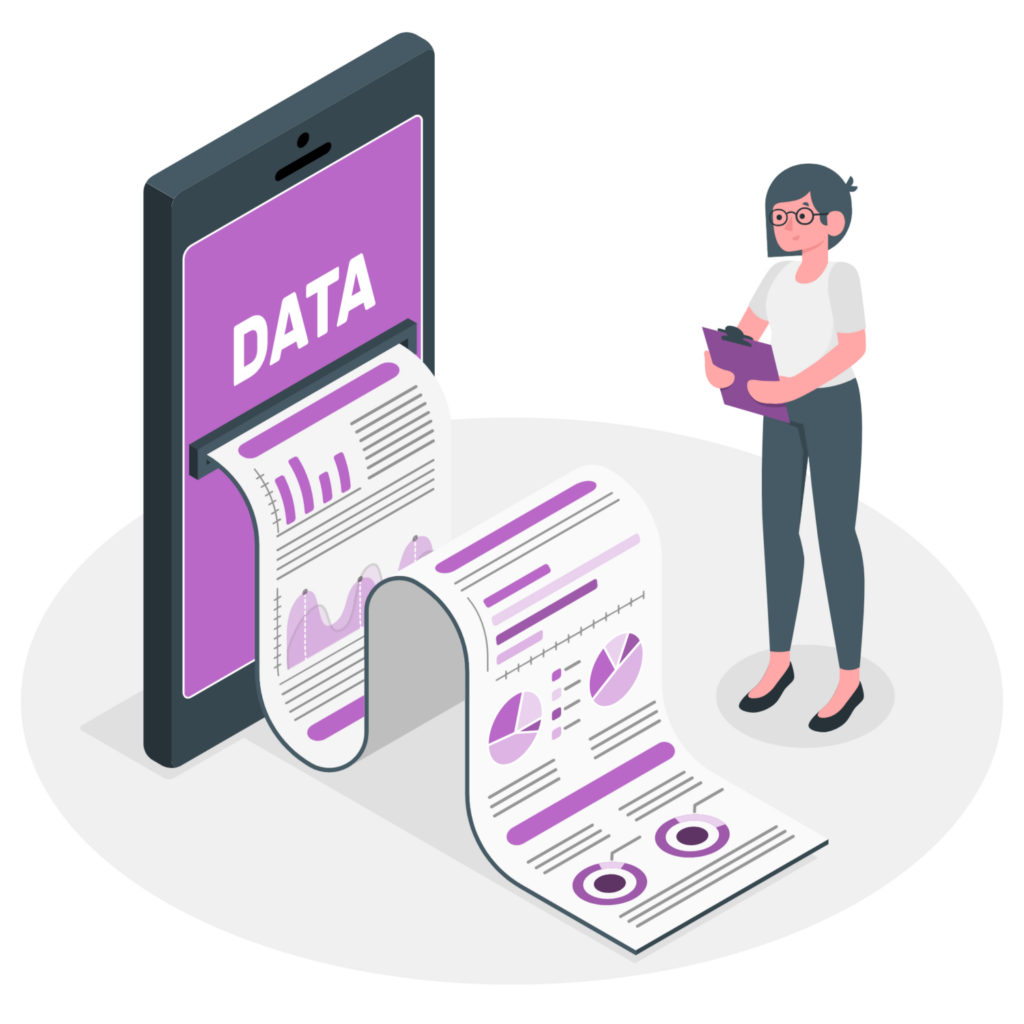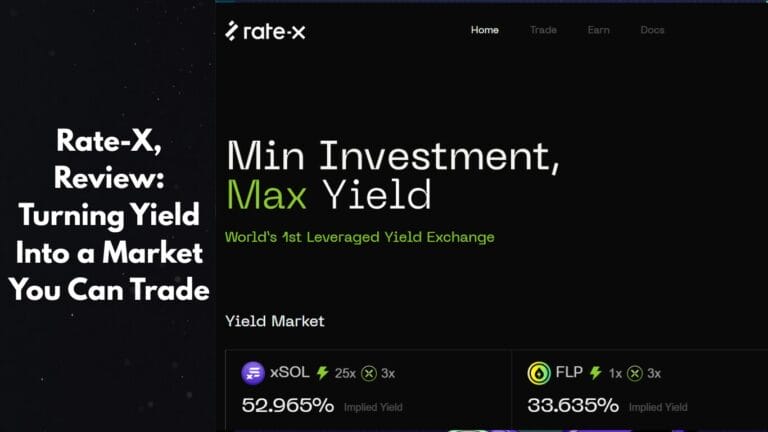Data might be structured, unstructured, descriptive, numerical, discrete, or continuous. Understanding the distinction between discrete and continuous variables will allow you to evaluate and interpret data properly. This article will explore Discrete vs. Continuous Data: What’s the Difference?
Table of Contents
What is Discrete Data?
Discrete data refers to data that can only take particular values. These values do not have to be entire numbers but rather fixed values. It only carries finite values, and subdivision is not allowed. It includes only distinct values and can only be counted in whole numbers or integers, implying that the data cannot be divided into fractions or decimals.

Discrete vs. Continuous Data: Characteristics of Discrete data
- Discrete variables are easy to count since they are whole numbers and numerical values.
- They are simple to visualize since they allow you to generate pie charts, bar charts, line charts, and tally charts.
- You can’t measure discrete variables. For example, you can determine your height and weight; therefore, it is not a discrete variable.
Discrete vs. Continuous Data: Measurement of Discrete data
- Measurement of discrete data can take place by counting the number of occurrences in each category.
- To analyze discrete data, you can create a histogram for data visualization, which uses bars to represent each category and offers clear insights into how the data is distributed.
- Moreover, you can create frequency tables, which provide information about the number of occurrences of every category.
Discrete vs. Continuous Data: Examples of Discrete data
- Size of the shoe
- A record of a baseball team’s season victories
- Number of siblings
- Days of the month with temperatures exceeding 30 degrees.
- Cars in the parking lot
- Number of various veggies in a crate.
- Number of students in a class.
Discrete vs. Continuous Data: Uses of Discrete data
- Management in various sectors is taken care of by the use of discrete data. Few uses include
- All kinds of financial analysis involve discrete data, such as monitoring expenses, checking sales, counting transactions, and more.
- Consumer behavior on an e-commerce website is analyzed using discrete d, including purchases and repurchases, number of website visits, and clicks.
- In addition, it is used to track scores and records in the sports sector.
- All demography-related studies often use discrete data, which helps analyze trends and make public policies.

What is Continuous data?
Continuous data may hold any value, and certain types of continuous data can alter over time. It can take any numeric value with a potential value range of finite or infinite. Continuous data can be categorized into fractions and decimals, which allows it to be extensively separated into smaller pieces based on measurement accuracy.

Discrete vs. Continuous Data: Characteristics of Continuous Data
Continuous variables have the following characteristics:
- Continuous variables should be counted.
- The values can be split down into increasingly smaller bits, each with its importance.
- Continuous data can be measured.
- Within an interval, it has an infinite number of possible values.
- Histograms and scatter plots are graphical depictions of constant data.
Discrete vs. Continuous Data: Measurement of Continuous data
Measuring continuous data necessitates precision and attention to the scales and units appropriate to the data’s scope. Critical concerns in the measurement procedure include the following:
- Calibration of sensors and measurement instruments.Using algorithms to reduce noise and repair errors in data collecting.
- The granularity of the data is determined by the resolution (the smallest change that can be noticed and recorded) and sample rate (the frequency with which data is gathered).
- High-resolution, high-frequency sampling is required to capture the full range of fluctuations in continuous data, but data volume and storage must also be carefully managed.
- Continuous data must be represented to preserve its continuity while making it manageable and understandable. This often includes:
- Selecting suitable data structures and formats for storage.
- Developing metadata standards that characterize the data’s range, scale, and units of measurement.
Discrete vs. Continuous Data: Examples of Continuous data
- Temperature (in degrees on any scale)
- The length of a rope in inches
- The volume of a gasoline tank in liters
- Wind velocity in miles per hour
- Weight of a crate of vegetables in kilos.
- Building height in meters.
- The time it takes runners to finish a race in minutes.
Discrete vs. Continuous Data: Uses of Continuous data
Continuous data figures may contain fractional or decimal values. Here are some instances.
- Height: People rarely round their measurements to the closest foot or meter. Individual heights might vary widely; measurements typically reflect this as continuous data.
- Weight: Like height, measurements such as 150.5 pounds or 68.3 kilograms can be continuous.
- Temperature values, such as 32.5 C, 20.1 C, or 98.6 F, are continuous data because they can take any value.

Conclusion
When it comes to data exploration and analysis, both discrete and continuous data are highly significant. Even though definitions and simple examples are easy to understand, data is frequently a combination of multiple types. This makes it much more vital to recognize what type of data something is.
Frequently Asked Questions
Is continuous data better than discrete data?
Both data types have strengths and weaknesses that are neither inherently better. The best kind of data depends on what you are measuring.
Can I involve continuous and discrete data in the same dataset?
Continuous and discrete data can be included in the same dataset. Many real-world datasets mix both data types.
Can I transform discrete to continuous data?
Yes. Discrete data can be transformed into continuous data. However, this is generally not recommended as it could lead to misinterpretations and is used in limited situations.








